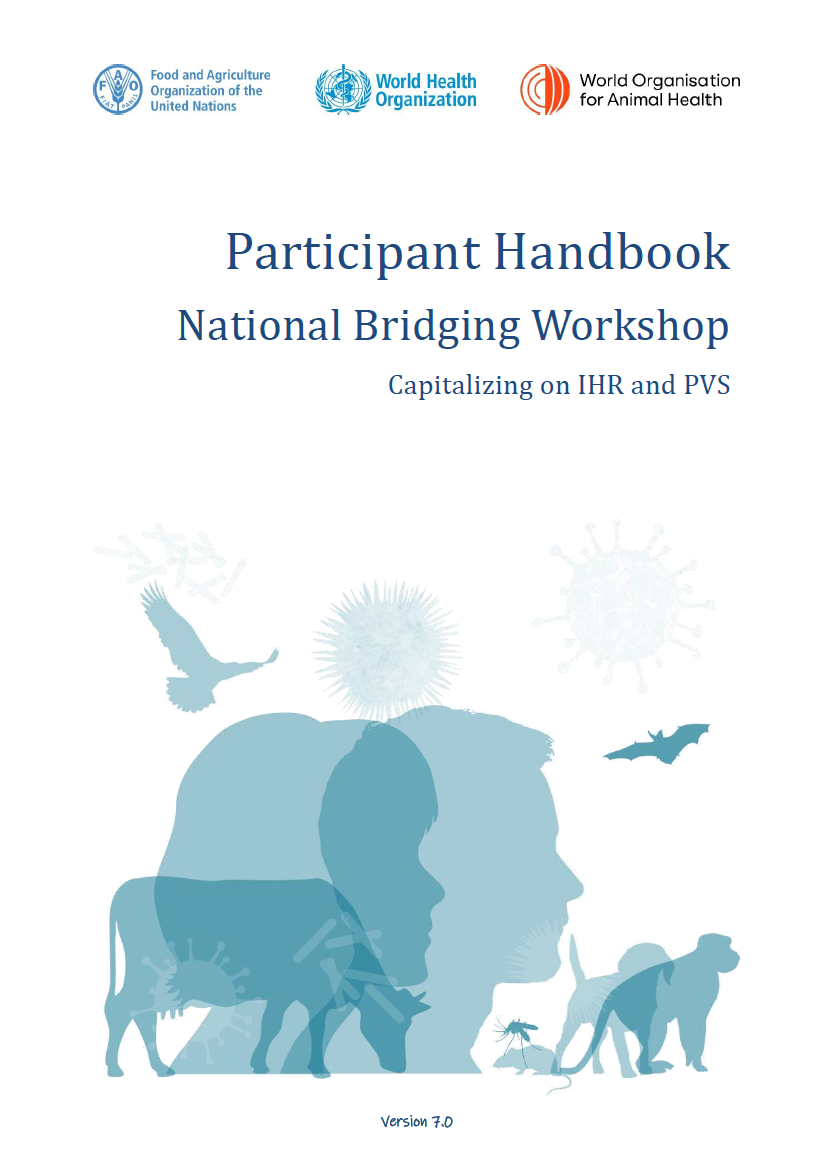The intricate relationship between human and animal health is undeniable. Many emerging and endemic diseases affecting humans originate from animals, whether transmitted directly, through food, or via the environment. Leading international bodies such as the World Health Organization (WHO), the World Organisation for Animal Health (WOAH), the Food and Agriculture Organization of the United Nations (FAO), and the United Nations Environment Programme (UNEP), play pivotal roles in offering guidance and references for managing zoonotic diseases and other health risks at the human-animal-environment (HAE) interface.
In 2014, WHO and WOAH collaborated to establish the IHR-PVS National Bridging Workshop (NBW), aiming to unite stakeholders across human, animal, and environmental health sectors. After three pilots, the process was revised in 2017 to include the development of a joint and operational roadmap between the sectors and the NBWs were rolled-out globally. In 2020, FAO joined the NBW Program and the three organizations initiated a second phase, focusing on monitoring the implementation of the NBW Roadmap, providing in-country support (both technical and financial), and ensuring the follow-up of NBWs. After the three organizations called on the United Nations Environment Programme (UNEP) to join the Tripartite in 2022, reaffirming the importance of the environmental dimension of the One Health collaboration, the now so-called Quadripartite partnership has welcomed UNEP as a collaborator in the preparation and conduct of NBWs. Elements of the NBW process and material were adapted to better include the environmental considerations.
This three-day workshop fosters mutual understanding among sectors, facilitating discussions on collaboration, its strengths and weaknesses, and the formulation of a joint, consensual roadmap. This roadmap serves to operationalize multisectoral collaboration, empowering the sectors to prevent, detect and control health threats at the HAE interface more effectively through a ‘One Health’ approach.
A 5-minute video explaining the concept of NBWs is available at www.bit.ly/NBWVideo.
As of December 2024, NBWs have been successfully implemented in 58 countries.

